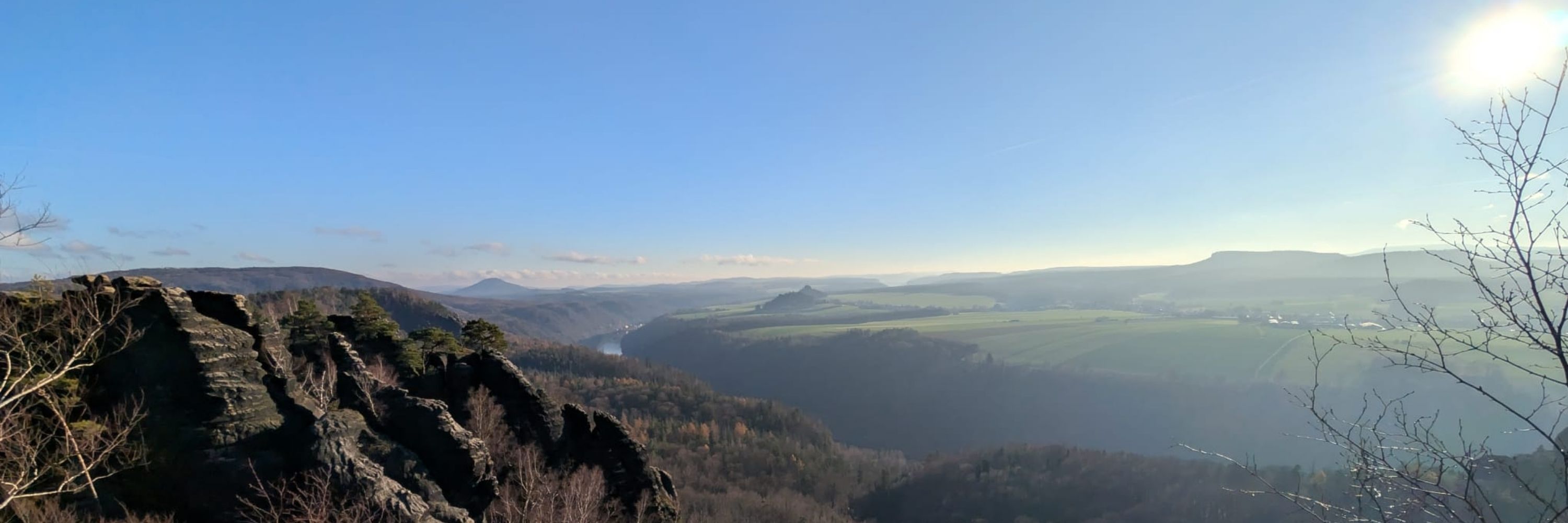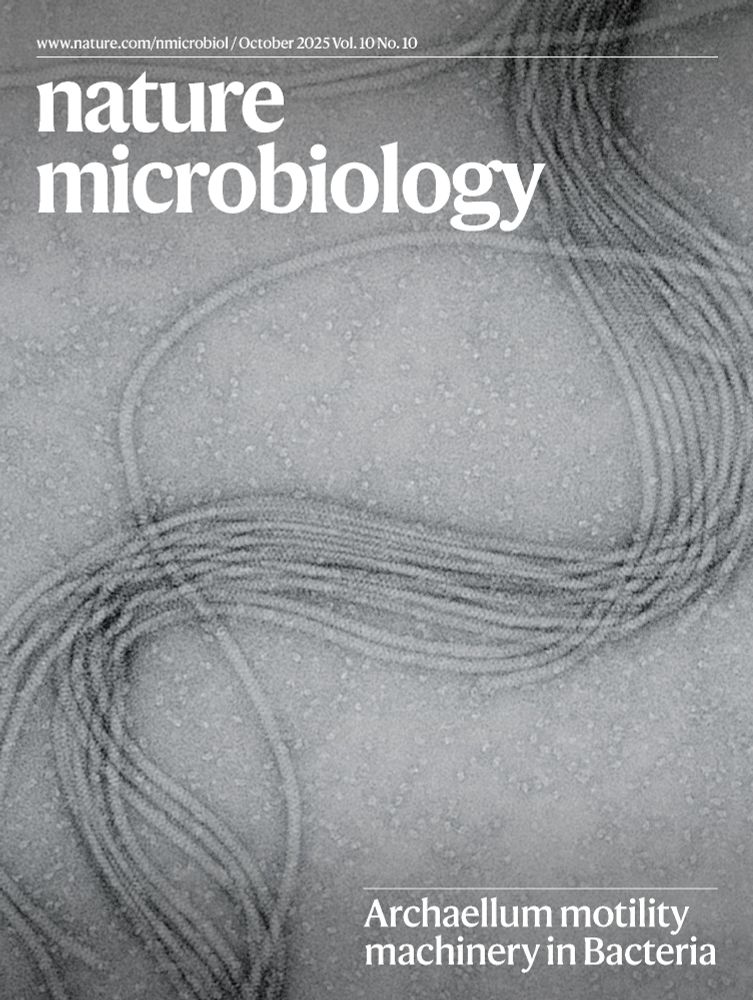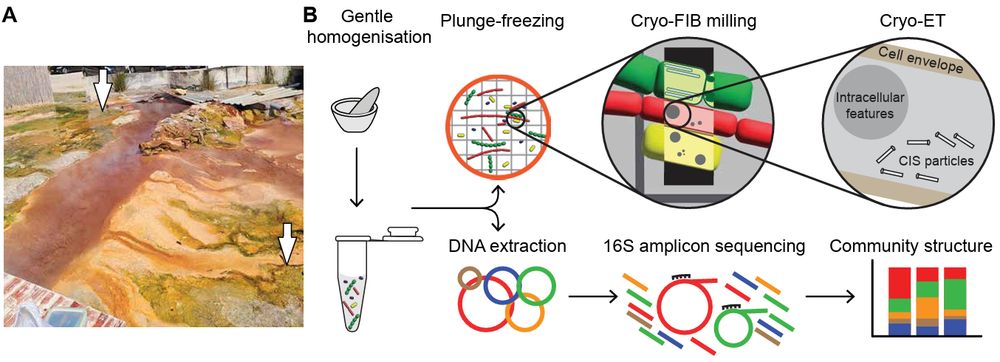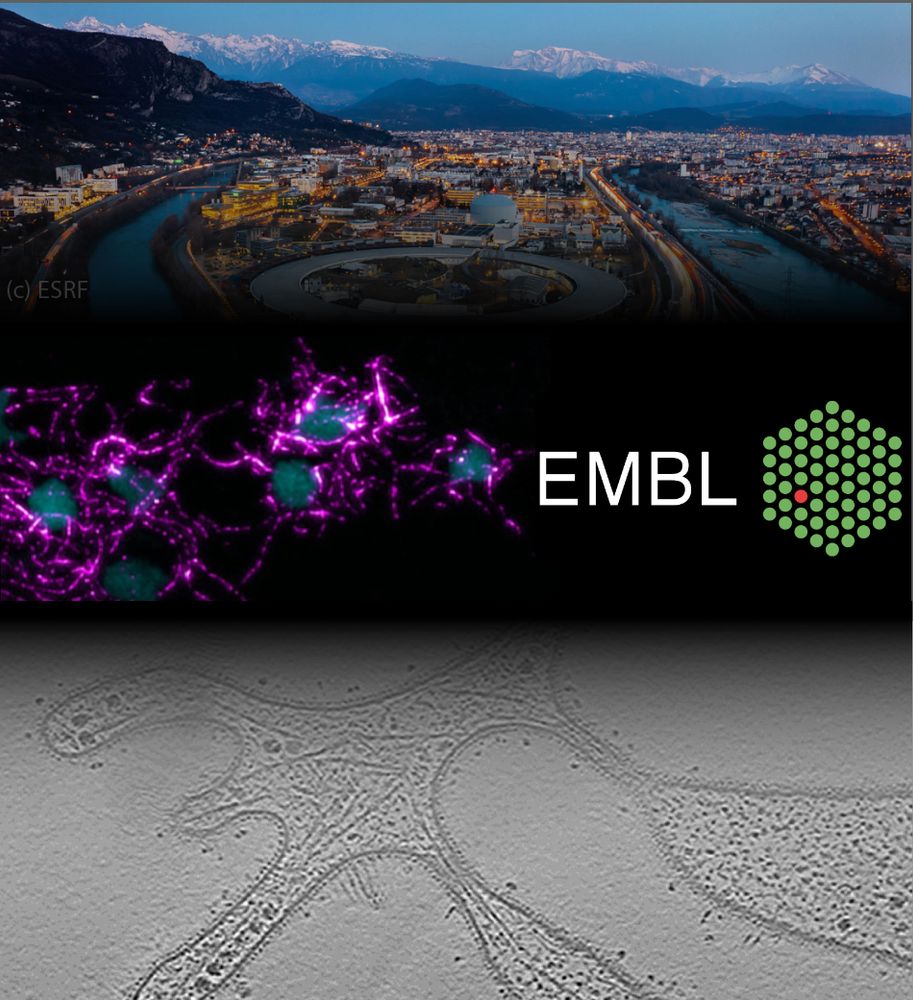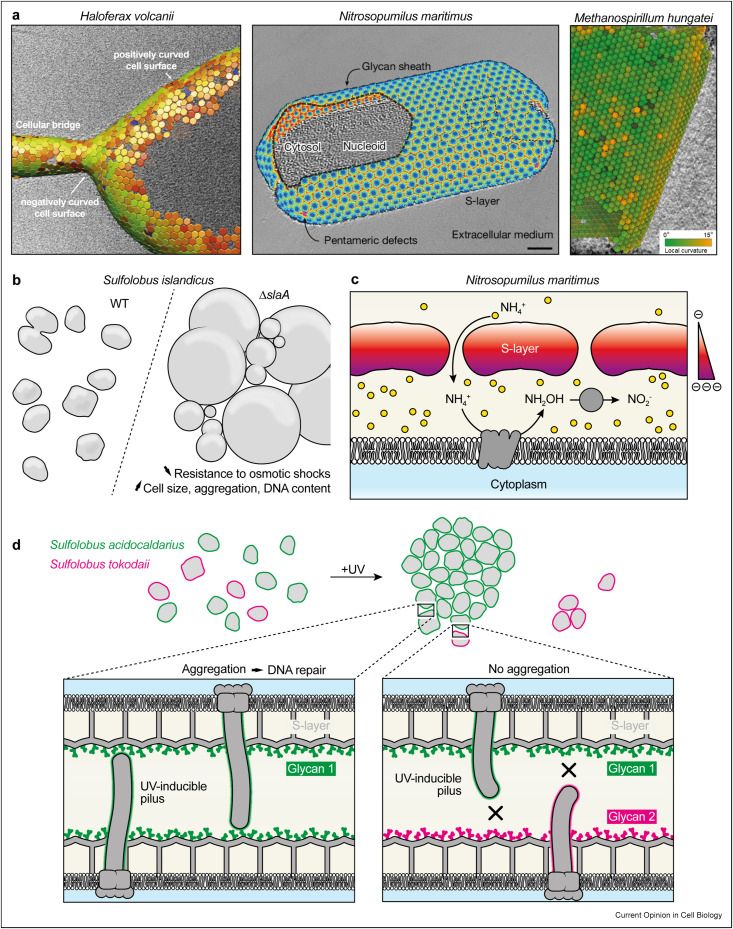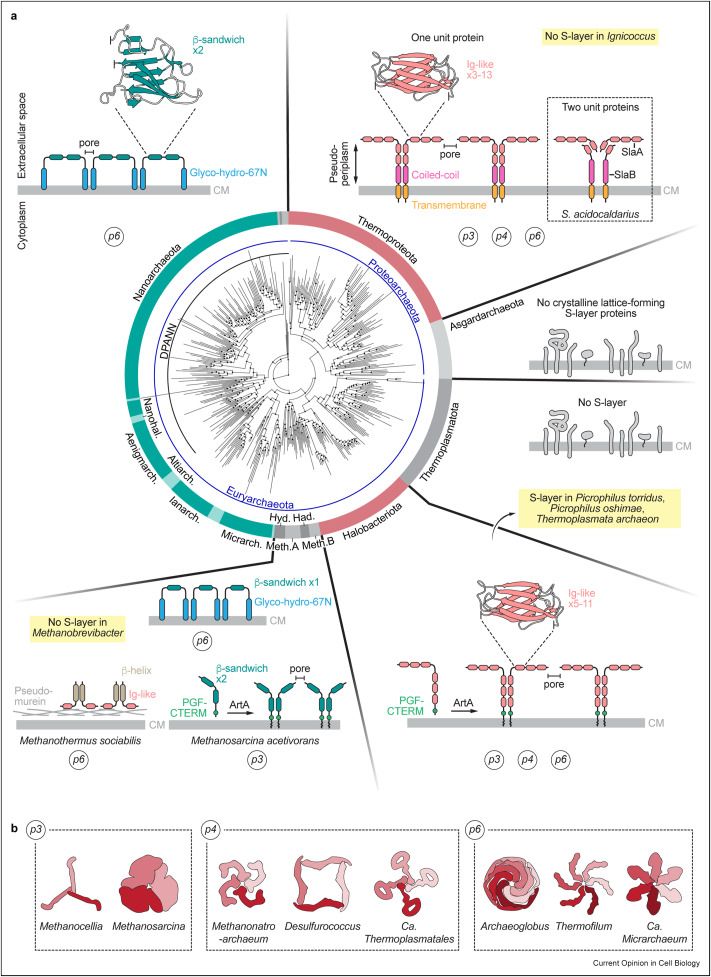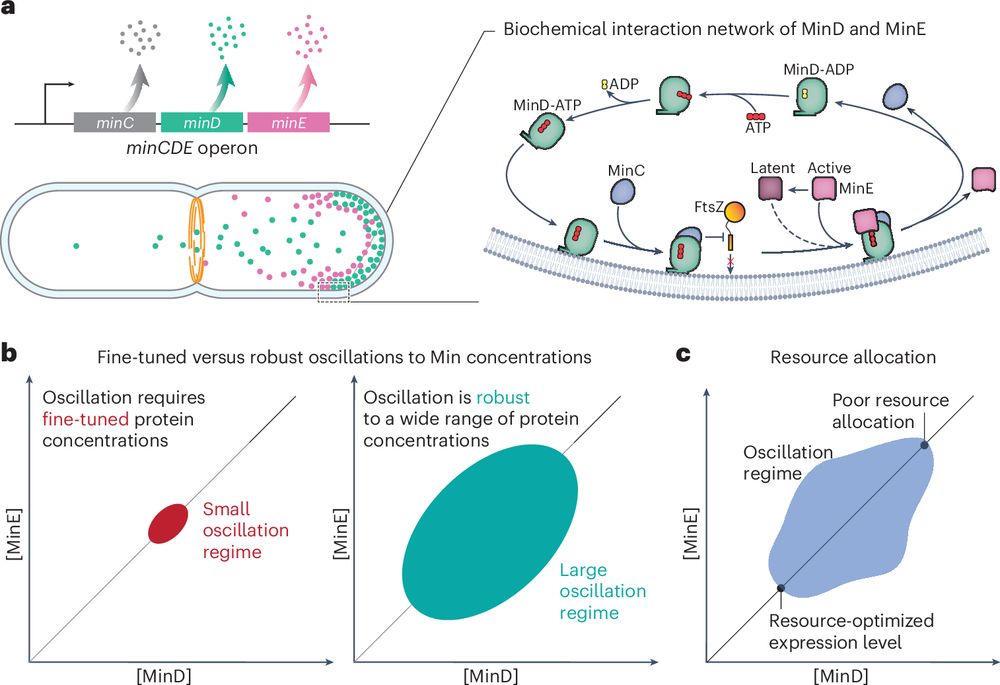Shamphavi Sivabalasarma
@sshamphavi.bsky.social
400 followers
1.1K following
10 posts
PhD student at university of Freiburg in @archaellum´s lab; @sfb1381. Working with archaea and archaeal cell surface structures
Posts
Media
Videos
Starter Packs
Pinned
Reposted by Shamphavi Sivabalasarma
Reposted by Shamphavi Sivabalasarma
Reposted by Shamphavi Sivabalasarma
Reposted by Shamphavi Sivabalasarma
Reposted by Shamphavi Sivabalasarma
Reposted by Shamphavi Sivabalasarma
Reposted by Shamphavi Sivabalasarma
Kyle Harrington
@kyleharrington.com
· Aug 26

A realistic phantom dataset for benchmarking cryo-ET data annotation - Nature Methods
A standardized, realistic phantom dataset consisting of ground-truth annotations for six diverse molecular species is provided as a community resource for cryo-electron-tomography algorithm benchmarki...
doi.org
Reposted by Shamphavi Sivabalasarma
Marie Joest
@mariejoest.bsky.social
· Aug 20
Reposted by Shamphavi Sivabalasarma
Reposted by Shamphavi Sivabalasarma
Reposted by Shamphavi Sivabalasarma
Reposted by Shamphavi Sivabalasarma
Reposted by Shamphavi Sivabalasarma
Reposted by Shamphavi Sivabalasarma
DEEMteam_Orsay
@deemteam.bsky.social
· Jun 17
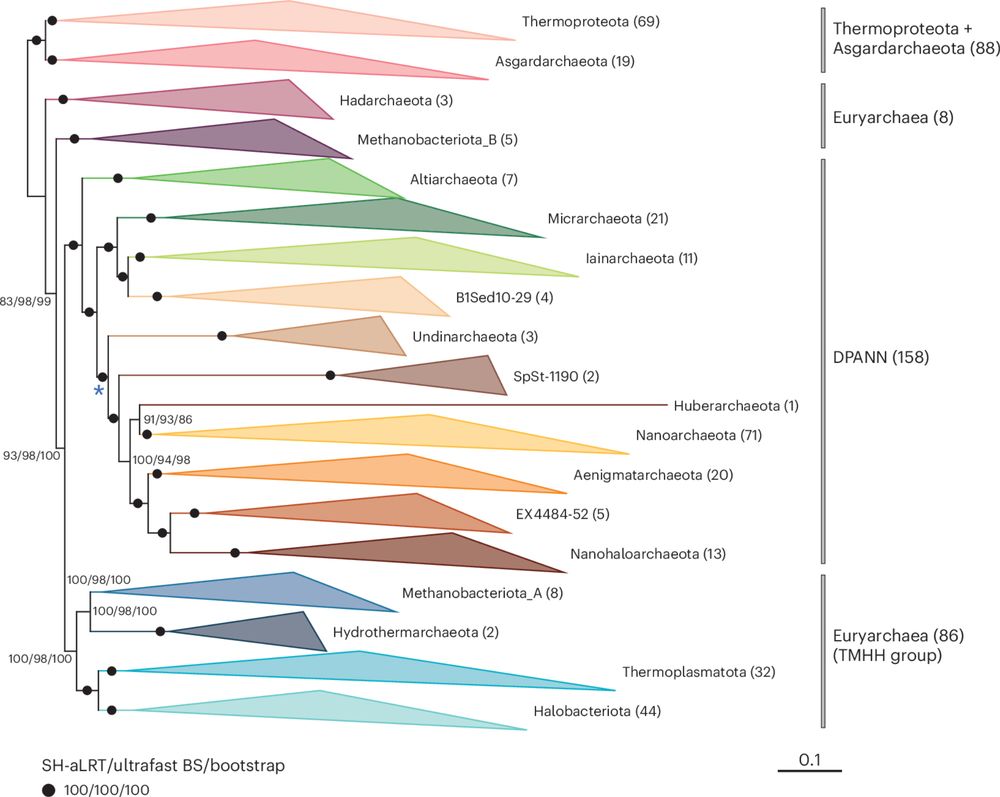
Phylogenomic analyses indicate the archaeal superphylum DPANN originated from free-living euryarchaeal-like ancestors
Nature Microbiology - Phylogenetic reconstructions with conserved protein markers from the 11 known DPANN phyla reveal their monophyletic placement within the Euryarchaeota.
rdcu.be
Reposted by Shamphavi Sivabalasarma
Reposted by Shamphavi Sivabalasarma
Reposted by Shamphavi Sivabalasarma
Reposted by Shamphavi Sivabalasarma
Reposted by Shamphavi Sivabalasarma
Reposted by Shamphavi Sivabalasarma
